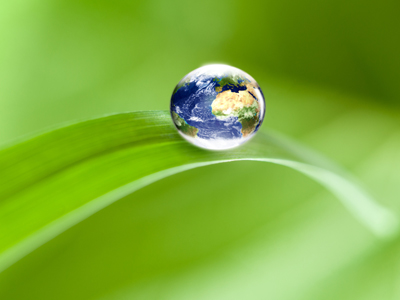
Ask the AI Tutor
Need help with Solar System 02? Ask our AI Tutor!
AI Tutor - Lucy
Connecting with Tutor...
Please wait while we establish connection

The Earth spins round on its axis once in 24 hours.
Solar System 02
The Solar System is made up of planets, moons, and other objects orbiting the Sun. Each planet has unique features that make it fascinating to study.
1 .
The nearest date to the shortest daylight hours in Britain is .......
1st January
21st March
1st December
21st December
This is known as the winter solstice
2 .
Which one of the following is FALSE?
The Earth takes 365.25 days to orbit the Sun
The stars appear to move across the sky
The Sun is highest in the sky at midday
The Sun's rays shine over a small area in winter
In summer the Sun's rays are concentrated over a small area, which is one reason why it is warmer
3 .
The shape of the path of a planet moving round the Sun is .......
a circle
a curve
a loop
an ellipse
An ellipse is a 'squashed' circle. The orbits of most of the planets are not far off from being circular
4 .
Which of the following is FALSE?
Earth rotates anticlockwise
The Moon appears to change shape
The Moon is a satellite of the Earth
The Moon is luminous
The Moon reflects light from the Sun
5 .
In the northern hemisphere, the Sun appears to move across the sky from .......
east to west
north to south
south to north
west to east
The Sun does not move, it is the Earth spinning on its axis that makes it seem like it does
6 .
Which one of the following is NOT true during summer?
The length of shadows is longer than in winter
The Sun is higher in the sky
There are more hours of daylight than darkness
We are tilted towards the Sun
When the Sun is higher in the sky the shadows are shorter
7 .
In which of the following is GPS (global positioning system) NOT used?
Air travel
Sailing
Sat Nav
TV
GPS works from artificial satellites. These are placed at a distance from the Earth that allows them to orbit once every 24 hours, so they remain over the same point on the surface of the Earth all the time
8 .
The Moon completes one orbit of the Earth every .......
day
week
28 days
month
The Moon also spins on its axis once every 28 days, so we always see the same part of the Moon facing the Earth
9 .
The Earth spins round on its axis .......
once in 12 hours
once in 24 hours
once in 7 days
It doesn't spin round
This gives us day and night
10 .
For someone in the Southern hemisphere, the nearest date for midwinter is .......
1st January
1st May
21st June
21st December
It is the opposite way round to the southern hemisphere - when we are having winter, they are having summer
**Unlimited Quizzes Await You! 🚀**
Hey there, quiz champ! 🌟 You've already tackled today's free questions.
Ready for more?
Ready for more?
🔓 Unlock UNLIMITED Quizzes and challenge yourself every day. But that's
not all...
not all...
🔥 As a Subscriber you can join our thrilling "Daily Streak" against other
quizzers. Try to win a coveted spot on our Hall of Fame Page.
quizzers. Try to win a coveted spot on our Hall of Fame Page.
Don't miss out! Join us now and keep the fun rolling. 🎉
**Unlimited Quizzes Await You! 🚀**
Hey there, quiz champ! 🌟 You've already tackled today's free questions. Ready for more?
🔓 Unlock UNLIMITED Quizzes and challenge yourself every day. But that's not all...
🔥 As a Subscriber you can join our thrilling "Daily Streak" against other quizzers. Try to win a coveted spot on our Hall of Fame Page.
Don't miss out! Join us now and keep the fun rolling. 🎉






